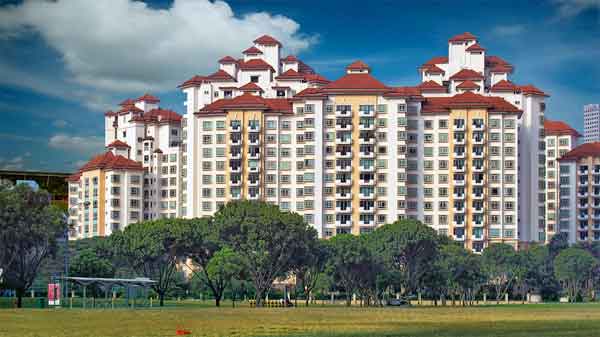Lifestyle properties appeal to a lot of people as an escape from city life, or an opportunity to make some money off the land, while providing children with an idyllic, rural existence. But often the reality does not stack up to the dream – and making sure your expectations are realistic is the first step to lifestyle property success.
There are more than 100,000 lifestyle sections in New Zealand and before the downturn hit the real estate market, the number was estimated to be increasing by about 7000 per year.
Many people who buy lifestyle properties have no intention of working the land, but are looking for space and privacy, clean air and a peaceful, healthy environment in which children can grow up away from the city. But one of the first things to decide when considering a lifestyle property is whether you want to make any money from it, and if so, what you want to produce. This will dictate the type of land and area in which you buy.

When you are looking at properties, check the climate: how much sun, rain and wind is it exposed to? Where will the water supply come from, and is it reliable? What is the soil like, and is it suitable for whatever you want to use the ground for? Check for any chemical contamination.
Look at the property at different times of the year so you are not just seeing it at its best. Find out what it looks like after a lot of rain or in the middle of a hot, dry summer. If you will have animals, work out how they will be fed. Dean Brady of Harveys Papakura says people should be prepared for the winter months. “It’s not as attractive a living experience… you need to be prepared to get out in your gummies, repairing fences and fixing water leaks in the rain.”
Brady says his office sells about three lifestyle properties per month, but in the region about 12 or 15 change hands. “The biggest mistake people make is they don’t identify what their needs and requirements are.” He says animals can reduce the amount of maintenance needed on pastures but buyers need to make sure they are prepared to look after them – they are a tie to the property and make it a lot harder to go on holidays. He owns a lifestyle property and says he decided against animals. “I took out all the paddocks and started mowing… I’ve gone for the manicured look rather than looking after animals. They can be a limiting factor in how you can enjoy life.”
Do some research and talk to people who own the type of place you are interested in, and figure out exactly how much work will be required. Brady says he tells would-be lifestylers than 10 acres can be harder to manage than 100. “There’s normally only one of you whereas on a farm you’d have a couple of people helping.” Brads says lifestylers need to become a “jack of all trades”. “You have to understand how pumps work, how the borer works, if you have one.”
If you are buying with another person, ensure that you have the same expectations about the amount of effort required and your goals for the property. Statistics indicate lifestyle properties are some of the hardest to stick with – many end up back on the market within three or four years. Brady says one of the biggest things that trips people up is that they go in with an idealistic idea of what is will be like. “They had in their mind a dream and it just doesn’t work out…it’s a lot more work than they expected.” Discuss how you will manage your lifestyle if one or both of you has to commute into the city. Get independent advice from a lawyer and accountant, and other experts in the field.
Brady says many buyers might be in the market for a year or six months before making a decision on which property to go for, taking the time to work out what it is about and what will suit them.
Consider whether the house itself will suit your new lifestyle. If you are moving out of town, will there be space for family and friends to come and stay? Buy as much land as you need for your proposed crops or animals but don’t take on more than you can handle. If you are both working full time, you probably don’t want to spend all day at the weekend tending the land. Decide whether you’ll need to hire anyone to help look after the property. If goods are to be sold, find out here.
Consider your life outside the section: How far is the property from amenities, schools, and workplaces? How hard will it be to get groceries, and how far is it from things you might want to get to in the weekend, such as restaurants or golf courses? Brady says a lot of people make the move to lifestyling too late or too early. He recommends taking into account the travel required to take children to and from school. “In your stage of life how is [being on a lifestyle property] going to affect everything?”
Lifestyle properties within 45 minutes of the main centres have been holding their values best. Those with access to motorways are most sought after and where subdivision has been limited – for example where minimum section sizes are restricted – value growth has been the most marked.
Before you sign anything, check any agreements with neighbours are official, and that there are adequate access roads, and the rules surrounding their use are clear. Have a lawyer check for any covenants on the property.
Brady says there are many upsides to having a lifestyle property. “You’re very much on your own, so there’s a flexibility especially if you have boisterous kids, motorcycles or even if you just like the stereo up loud and like entertaining.” Now is a really good time to be buying. “It’s never been more affordable.” And he says the kind of experience it offers kids is invaluable. “They aren’t in the house playing Playstation, they’re out there among things, developing a work ethic… you do start to count on kids to do their part.

